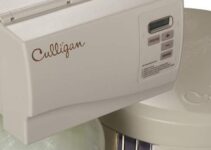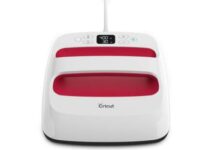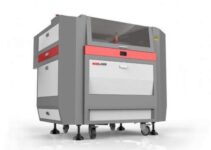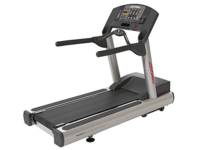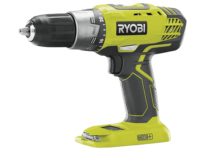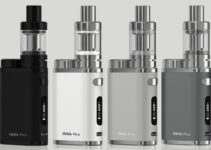PETG (Polyethylene Terephthalate Glycol-modified) has become one of the best materials used for printing. It is rich in visual and mechanical properties.
For you to get the best of PETG printing, you need to understand the expert setting. A beginner could find it difficult to print with PETG because settings for printers vary.
This guide shows you how to experiment with the best PETG print settings.
Best PETG Print Settings (Expert Choices)
Setup for the Bed
This is the first step. Make the bed clean and even. The opposite is the case for PETG when you compare the challenge of bed adhesion with other filaments. PETG naturally stick very well to a bed. This means you will need a protective layer on the bed – with either a blue tape or glue stick.
Next, ensure that the gap between the bed and the nozzle is decent, not too tight like for other printing systems.
For your bed, use a temperature that is high. Start with 70 °C and you can work it up to as high as 100 °C, especially when there are problems with bed adhesion.
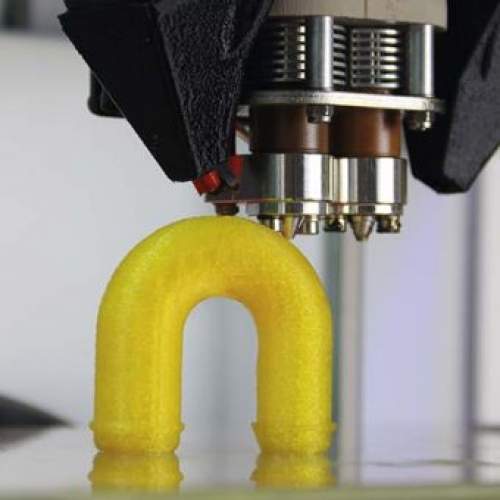
Settings for Temperature and Retraction
Best Temperature Settings
- A temperature between 220 °C to 265 °C is perfect for PETG printing.
- For print quality, the temperature for the nozzle is essential. Don’t make it too high or too low. Keep it moderate.
- To be sure, start with a low temperature of 220 °C. If the extruder skips, you can increase the temperature of the nozzle by 5 °C. Keep adjusting until it seems perfect.
- Dealing with a higher temperature means you need to be careful with oozing and stringing. Strings could be hard to remove with PETG, avoid it.
Best Retraction Setting
Here, you don’t want to use high speed, it won’t work smoothly. Let the speed of the retraction be like 25 mm/s (for direct-drive and Bowden extruders)
For retraction distance, use 6 or 7 mm (for Bowden extruders). Use 3 or 4 mm for direct-drive extruders. Don’t forget that distance is not as important as speed when working with PERG print.
The travel speed also reduces oozing. If the temperature of the nozzle is high, PETG may drop from its tip. Simply increase the travel speed in order to solve it – make it as high as possible.
Using Fan and Cooling
Many materials need the help of Dan’s while printing. For PETG printing, you can go smoothly without fans. In fact, it works perfectly with fans. There is an increase in layer adhesion when you print without fans. In case you see delamination and cracks on your work, just turn off the fans.
The only time to use fans is when you are working with bridges or when you need more details in your work.
Speed Setting
For best PETG print settings, the speed you use when working with PETG is very important. If you print too slow, you may get more stringing, deformed layers, and oozing. Also, if you print too fast, you may have a low-quality print, extruder skips, and bad layer adhesion.
For best results, start with 50 mm/s For the outer wall and first layer, please use 25 mm/s. On the other hand, the travel moves need to be very fast in order to prevent oozing – set this to 120 mm/s.
Working with PETG can give you good quality prints. Always remember to use the settings discussed above for perfect results.
